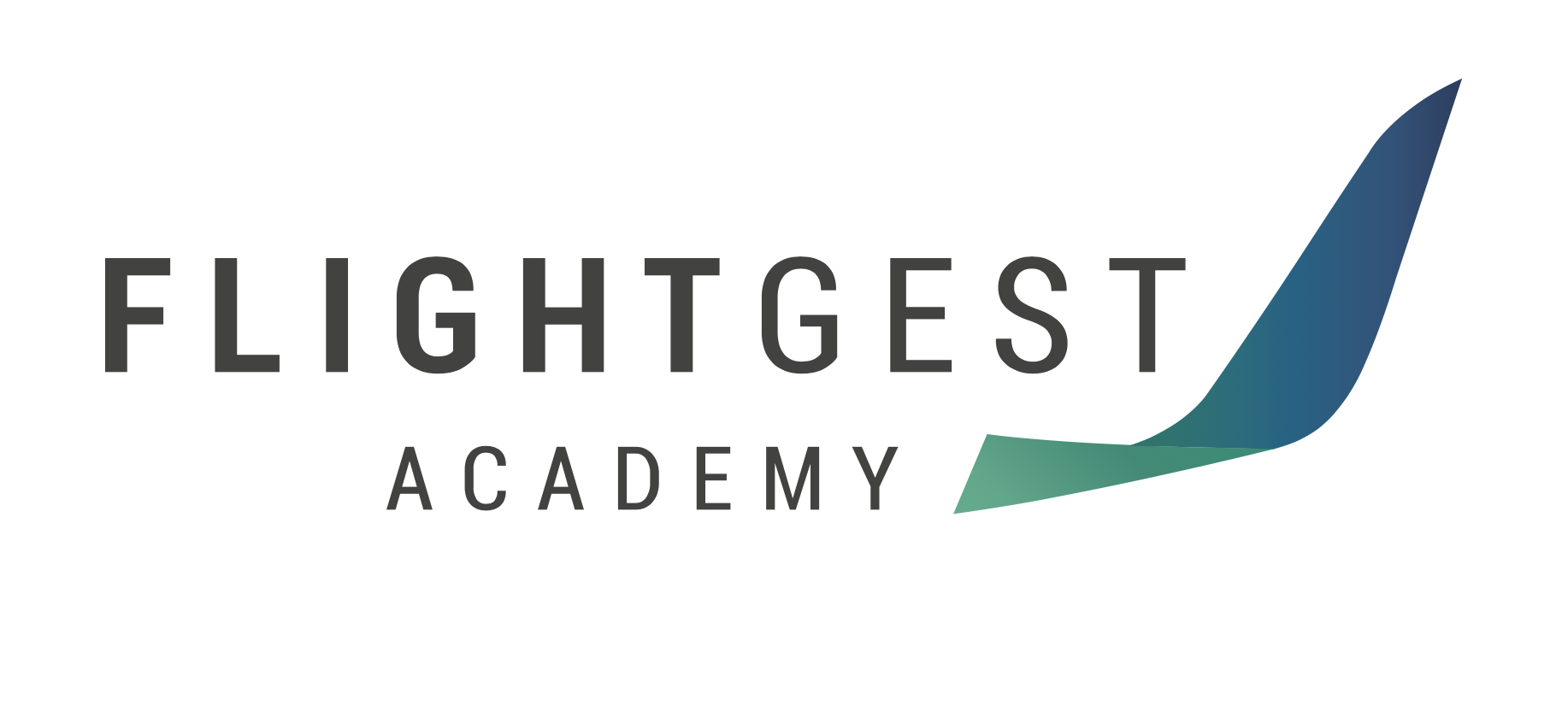Private pilot license
At FlightGest Academy, we offer a structured and fun learning environment to help you develop the skills you need to be a safe and professional pilot. Contact us to schedule a discovery flight and take the first step towards realizing your dream of flying.
11 WEEKS
5 STAGES
1
Familiarization and Basic Control
Learn about basic aerodynamic concepts including stalls and spins, flight instruments, communications and radar services, VFR Charts, and elements of takeoffs and landings. Acquire an understanding of safety precautions, preflight preparation and decisions involved with managing potential flight risks.
2 WEEKS
5 LESSONS
2
Refining Control and Learning to Land
Learn about airspace, weather minimums, reference publications, collision avoidance, wake turbulence, power plant operations, aircraft systems, Federal Aviation Regulations, and applicable NTSB regulations.
Begin steep turns, crosswind landings, go-arounds, crosswind takeoffs and landings, explore dealing with potential emergencies, expand skills with slow flight, stalls, ground reference maneuvers, and control by Instrument reference.
Learn about airspace, weather minimums, reference publications, collision avoidance, wake turbulence, power plant operations, aircraft systems, Federal Aviation Regulations, and applicable NTSB regulations.
Begin steep turns, crosswind landings, go-arounds, crosswind takeoffs and landings, explore dealing with potential emergencies, expand skills with slow flight, stalls, ground reference maneuvers, and control by Instrument reference.
2 WEEKS
5 LESSONS
3
Expanding Maneuvers and Landings Skills
Learn to calculate weight and balance, predict aircraft performance, and become familiar with weather theory, reports, forecasts, graphical products, and recognition of critical weather hazards.
Build expertise with slow flight, steep turns, stalls, emergencies, ground reference maneuvers, normal landings, and forward slips. Explore short field and soft field takeoff and landing techniques.
1.5 WEEKS
3 LESSONS
4
Night and Cross Country
Learn about airspace, weather minimums, reference publications, collision avoidance, wake turbulence, power plant operations, aircraft systems, Federal Aviation Regulations, and applicable NTSB regulations.
Begin steep turns, crosswind landings, go-arounds, crosswind takeoffs and landings, explore dealing with potential emergencies, expand skills with slow flight, stalls, ground reference maneuvers, and control by Instrument reference.
Learn the elements of cross-country planning, in-flight pilotage and dead reckoning, the use of navigation systems, and procedures for safe night operations. Review airport signs and markings, weather planning, airspace, and systems emergencies. Gain techniques for preflight and in-flight risk management and employing personal minimums.
Exercise pilotage and dead reckoning procedures and the use of electronic systems in cross-country navigation. Become familiar with night operations and review emergencies and control by referring to the flight instruments.
4 WEEKS
10 LESSONS
5
Earning Your Certificate
Learn about the Airman Certification Standards and the role they will play in your practical test. Review Federal Aviation Regulations applicable to a Private Pilot in VFR operations.
Review and perform all the appropriate maneuvers of the current Private Pilot Airman Certification Standards at or exceeding the designated standards.

